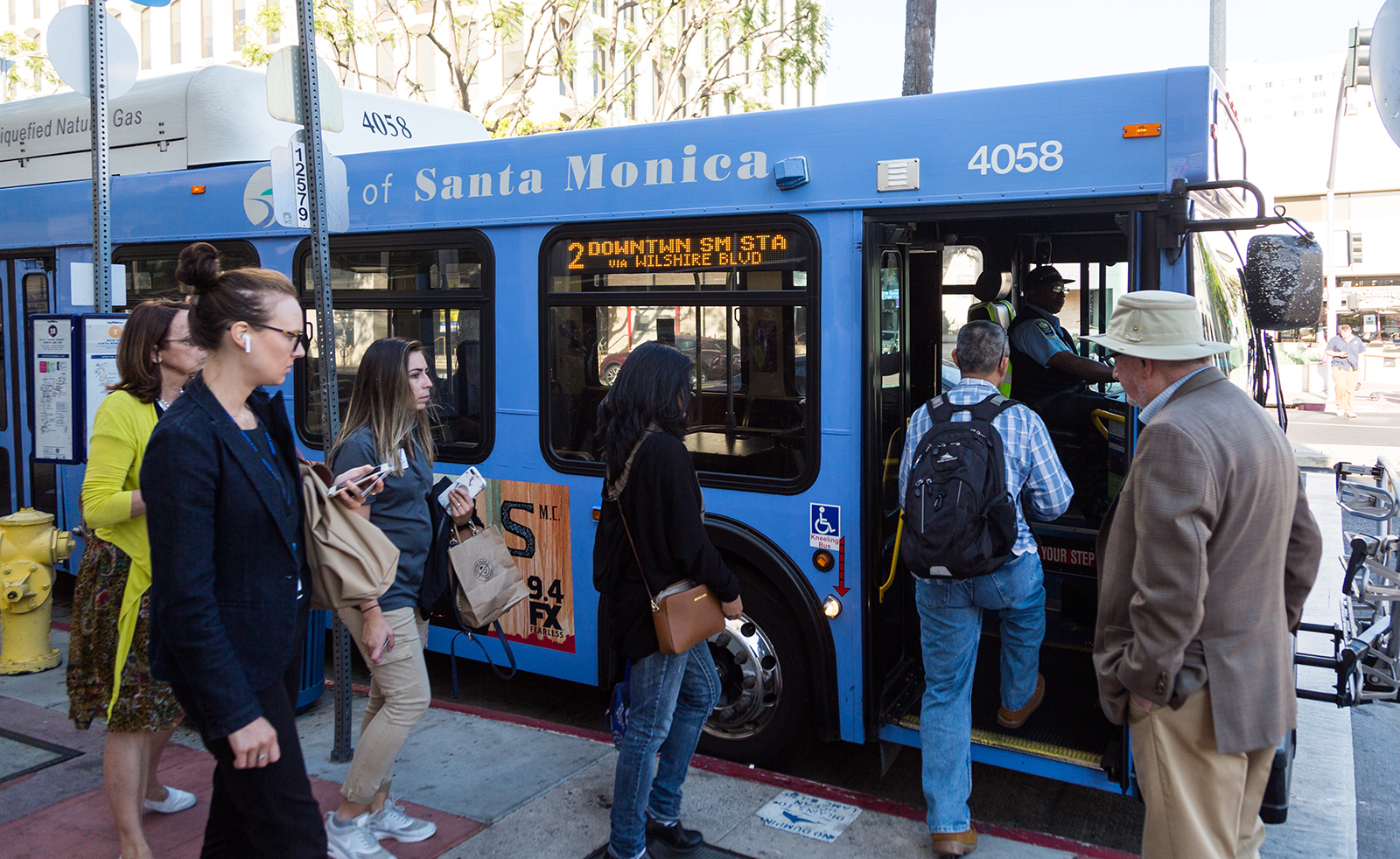UCLA Transportation’s inattentive investments leave plenty of room for improvement

UCLA Transportation has a lot of work to do when it comes to incentivizing campus transit, getting students out of Ubers and Lyfts and reducing pollution and congestion. (Daily Bruin file photo)
By Srikanth Raguraman
Feb. 4, 2019 10:22 p.m.
UCLA’s transportation system works just as well as the Los Angeles Rams’ offense did Sunday in the Super Bowl: It doesn’t.
UCLA’s transportation scene has slowly been improving over the years, adding more variety to the fray. Just two years ago marked the beginning of the electric scooter era, and now there are more ways than ever to get from one place to another – Uber, Lyft, public transportation, electric scooters and the classic: Bruin Walk.
But the future of transportation at UCLA is unclear.
Traffic congestion in LA has proven to be a blight on our society. To that end, the variety of options students have in order to go to and from campus only exacerbates this problem. Hundreds of students use ride-hailing services to get to class daily, scooters are littered throughout campus and buses stop beside Ackerman Union. Amid all this, UCLA Transportation maintains transit lines that are underused, inconvenient and not extensive. The university also aims to partner with private transportation systems.
Logistically, it’s a mess to manage so many transit options, and by spreading its resources thin, UCLA Transportation has failed to perfect any one mode of transit. Resources are finite, and the department fails to prioritize goals, instead trying to maintain an impractical focus on everything at once.
UCLA Transportation has coasted for the past nine years on steady state funding and university revenue. But its long-term transportation goals are hazy at best and nonexistent at worst. If UCLA wants to provide students with quality transportation, it needs to focus on its own transportation systems rather than tossing Benjamins at Uber and Lyft.
The university has implemented multiple new initiatives to reflect students’ growing reliance on private transportation. But this is resulting in a neglect of the department’s own programs and a potential influx of vehicles coming onto campus.
David Karwaski, senior associate director of UCLA Transportation, said he has been highly cognizant of traffic congestion and what needs to be done to reduce it.
“We would like to reduce campus greenhouse gas emission, reduce traditional air pollution from cars and reduce traffic congestion in and around LA,” Karwaski said.
But while he says one thing, UCLA Transportation’s actions say another. Its most recent program was a flat-rate fare for Lyft Line for short trips on and around campus.
Granted, the purpose of the measure was to reduce rates for Lyft Lines and uberPOOLs so more students would share rides, resulting in fewer private vehicles on the streets. That’s relevant given that 1.3 percent of students use Lyft to get to class every day, and a comparable number likely use Uber.
Before implementing flat-rate charges for Lyft Line and uberPOOL, UCLA Transportation added 13 pickup spots strictly for ride-hailing services. All of these actions point to a pattern of incentivizing private transportation in the short term.
“Are we going to be pursuing further things with ride-hailing? Most likely, yes,” Karwaski said.
But the decision to partner with these private companies is short-sighted. These agreements draw resources from other aspects of transportation on UCLA’s campus. Rather than investing in private transportation, it’s time to do something that’s just common sense: investing in public transportation by narrowing in on a few specific forms of campus transportation.
Incentivizing public transportation would result in fewer students being inclined to take Ubers in the first place. For example, expanding the BruinBus route to take more students from the Hill to campus would accomplish the same goal as incentivizing private company ventures. Changes like adding more bus stops on campus would make movement at UCLA far easier, reducing the need for a quick Uber to class or a Lyft back to the dorms.
Nishanth Yeddula, a first-year applied mathematics student, said he would use BruinBus regularly if it were more convenient.
“It would be a huge development on campus to have BruinBus expanded and made more popular. The service can definitely be improved upon,” Yeddula said.
It might seem counterintuitive to decrease transportation diversity and restrict the number of ways students travel. In the long term, it makes more sense to have a wide variety of methods to travel. Or at least, it would if it weren’t for a plethora of mediocre services of uninspiring quality. Committing to a few, excellent services would result in a less crowded campus. Ubers and Lyfts are contributors to the problem, not its solution. Money going to these companies is money that isn’t going toward building more robust means of public campus transportation, advertising UCLA Transportation’s services and generally improving lackluster programs.
The issues we see today stem from an unrealistic budget plan, an overextension of resources and an irrational rush to throw money at private companies without considering the consequences.
That’s as bad as having a historic, low-scoring loss in the Super Bowl. Just ask the Rams how they feel.

